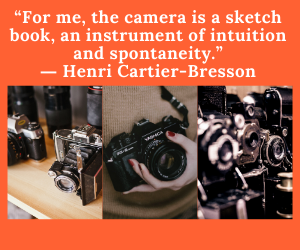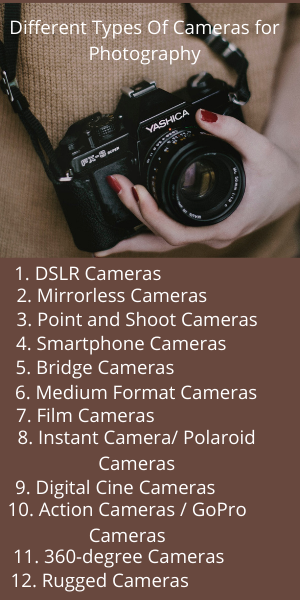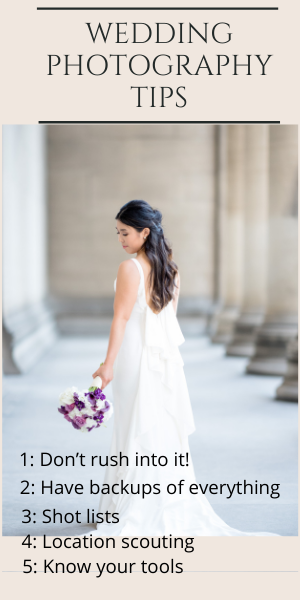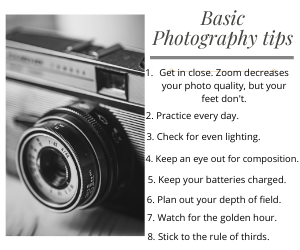
How to take photos: 9 photography rules for a correct photo
It is sad to invest money in a good SLR camera and not be able to get anything but unsuccessful, ugly, and disastrous photos, one after another, due to naive oversights about basic rules of photography, rules that every photographer, no matter how beginner, should know. Today I bring you a series of simple technical photography tips and some very basic rules that will tell you how to take good photos, or at least correct ones, those that satisfy the eye from there, making them spectacular will depend only on you. At least the rules will be on your side.
Basic Photography Techniques
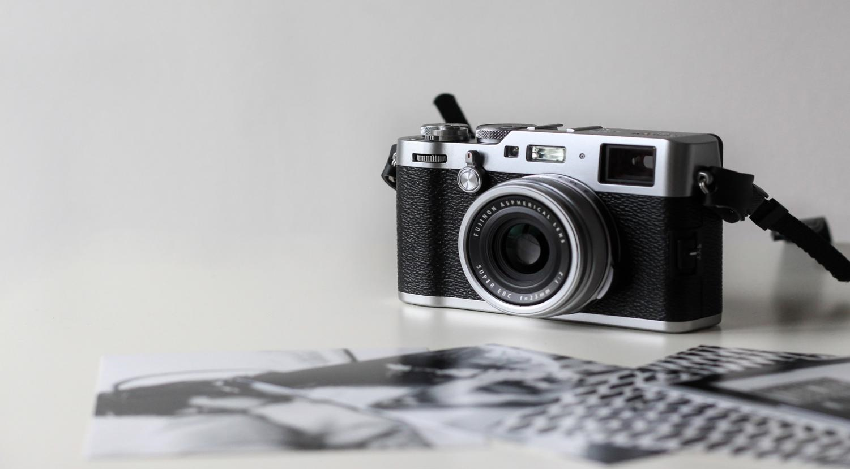
As I told you before, these are the first steps you should know when it comes to knowing how to take good photos. From here it can only get better
The Rule Of Thirds
This rule is very simple but it has tremendous power in the way we visualize the photo. It consists of dividing the image, mentally, into 9 equal parts (by means of 2 parallel horizontal lines and another 2 vertical lines) and then placing the subject at some point where the lines intersect. This photo illustrates it perfectly.
As you can see, the photographer has placed the bird at the intersection point in the lower left of the frame. Any other point of intersection would have been equally worthwhile.
This in photography is called strong points. They are points that especially attract attention and give the subject greater interest and prominence.
The Law Of The Horizon
Useful to know how to take good landscape photos. When you are composing a photo, before shooting imagine 2 parallel horizontal lines dividing the photo into 3 equal parts. This is applicable in both landscape and portrait modes.
If you want the sky to be of special interest, place the horizon on the bottom line. If instead, you want to give greater importance to the terrestrial landscape, place the horizon in the second line, the upper one.
It’s that simple. As you will see, it is not even remotely one of the most complex photography techniques, and yet it is really effective.
Straight Horizons
Speaking of horizons. It is one thing to include a crooked horizon with a clear intention to create tension with a diagonal, and quite another to carelessly leave a crooked horizon. The first well-executed case is usually attractive, the second disastrous. You can spoil an image you’ve spent a lot of time on.
Explore New Angles
Experience photography by shooting your camera from bold and unusual angles. For example, take a picture of yourself in the rearview mirror of the car (only when you’re not the driver, please) or capture the image of a historic building reflected in a puddle of water.
Approach Subjects Fearlessly
Take very close photos of small objects. Capture details and fill the frame. You could even focus exclusively on the detail while ignoring the rest of the object. The results are usually very striking.
This is especially useful when there are many distracting elements around your subject that do nothing but clutter the scene and draw attention away.
Take The Height Of Your Small Age Subjects
If you want to know how to take good photos of children, squat or kneel, try to lower and place the camera at the same height as the child or animal you want to photograph, this way you will transmit more realism and the impact will be much greater.
Use The Flash Outside
For portraits, use the flash outside. Even if it is a particularly sunny day, the flash helps to prevent shadow areas that occupy the person’s face, for example, because they are wearing a hat or something that casts a shadow, or because the sun is above or behind the person being photographed. The best way to avoid it is to force the flash. It’s called fill flash, and its purpose is not to illuminate darkness but to fill the subject’s face with light so that it is even with its surroundings.
Get A Good Exposure
One of the most basic and important technical photography tips I can give you is to ensure good exposure. An underexposed or very dark photo should be avoided just as much as a burned or overexposed photo.
Find the right point of light, the semi-automatic modes of your camera will help you achieve it, and the histogram to know if it is well exposed.
Get A Sharp Photo
When I talk about sharpness, I don’t expect you to achieve professional sharpness, but a minimum. To achieve a correct photo you must ensure that your subject does not come out blurred (unless you do it intentionally) and that it is well focused, even if you blur everything else.
The following image, in addition to being a good example of overexposure, is a perfect example of an unsharp photo. If you look closely, the girl who should be the protagonist of the image is out of focus, while the plants to the right of her are.
You may also be interested in PHOTOGRAPHY MAGAZINES: DISCOVER THE BEST PUBLICATIONS
